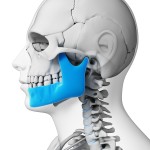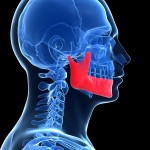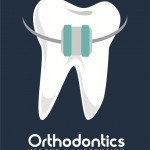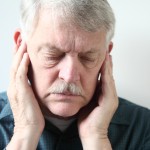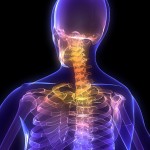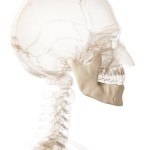
This review looked at surgical approaches for the management of internal derangement of the temporomandibular joint. Seven studies were identified of which 3 were randomised trials. Benefits for some outcomes were found with both open and arthroscopic surgery. However the available evidence is limited.
[read the full story...]